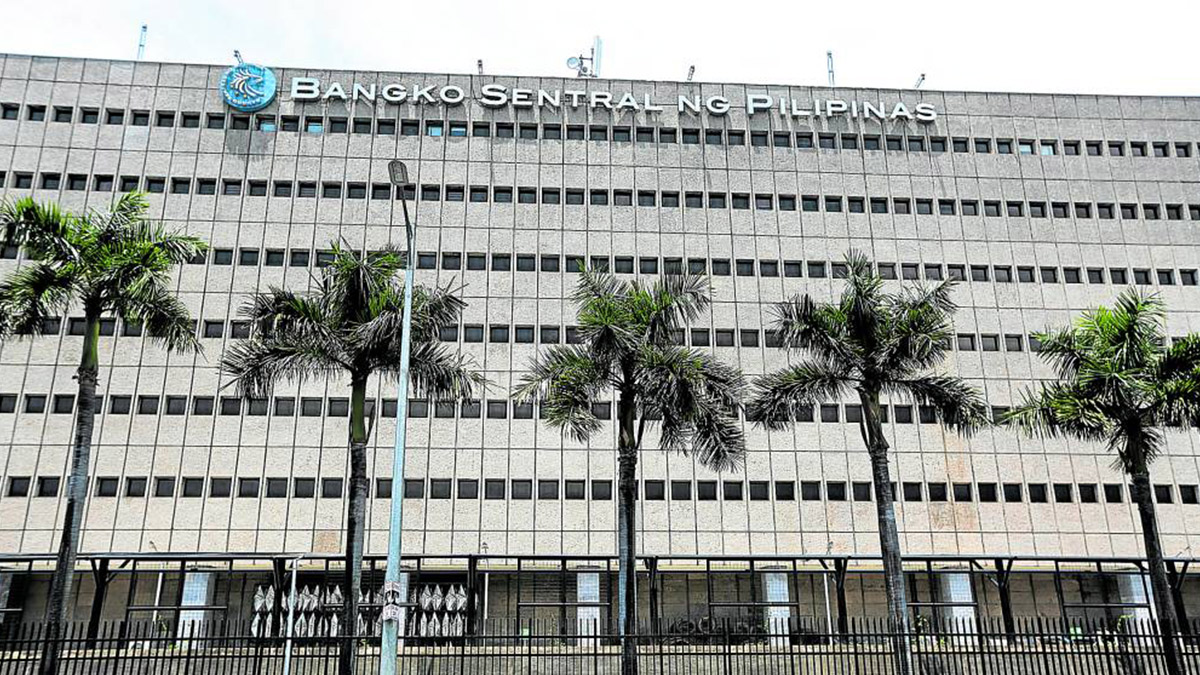The moderate spike in November inflation boosted the case for a third rate cut this month, as the Bangko Sentral ng Pilipinas (BSP) might move to give the economy another shot in the arm after a weaker-than-expected performance in the third quarter, analysts said.
In a commentary, analysts at ANZ Research said the powerful Monetary Board (MB) would likely cut the central bank’s key rate by 25 basis points (bps) at its Dec. 19 meeting, as upward price pressures were “not broad-based” and the near-term inflation outlook still “benign.”
That decision would put the benchmark lending rate that banks typically use as a guide when charging interest on loans at 5.75 percent, staying in easing mode following two quarter-point cuts each at the last August and October meetings of the MB.
Miguel Chanco, economist at Pantheon Macroeconomics, shared the same view, adding that another easing is possible this month despite a cautious rate cut outlook in advanced economies following Donald Trump’s election win, which fueled expectations of a slow monetary policy loosening in the United States.
Recalibration
“The Board’s rate-cutting cycle is far from over though, despite the apparent global recalibration of policy rate expectations upwards since the US election,” Chanco said.
“On balance, inflation should soon stabilize comfortably below the 3 percent midpoint of the BSP’s target range—barring any shocks—clearing the way for the 100-bp in further easing we expect next year,” he added.
Inflation, as measured by the consumer price index (CPI), quickened to 2.5 percent year-on-year last month, from 2.3 percent in October, the Philippine Statistics Authority (PSA) reported on Thursday.
The latest CPI reading matched the projection of eight economists polled by the Inquirer last week, which settled within the 2.2 to 3 percent forecast range of the Bangko Sentral ng Pilipinas (BSP) for November.
Year-to-date, inflation averaged 3.2 percent, well within the 2 to 4 percent target range of the BSP. National Statistician Claire Dennis Mapa said the destructive typhoons that slammed onto the country from late October to mid-November stoked vegetable price inflation, which sped up to 5.9 from -9.2 percent before.
But that was offset by slower price gains of rice at 5.1 percent, easing from 9.6 percent in the previous month. Overall, food inflation accelerated to 3.4 percent in November from 2.9 percent in October, which was responsible for 65.9 percent of the spike in the headline rate last month.
Watch out for Fed
Another source of upward price pressures was a depreciating peso that revisited the record-low level of 59:$1 twice in November.
A weak currency can bloat the import costs of key items like oil.
Overall, the BSP said it would “continue to maintain a measured approach in its easing cycle” despite the higher inflation last month.
But Aris Dacanay, an economist at HSBC Global Research, said that while the within-target price growth in November would support a third rate cut, the tone of the US Federal Reserve—which will decide ahead of the BSP on Dec. 17 to 18—must be watched closely. “It will be key to monitor the tone of the Fed in the next two weeks,” Dacanay said.
“Any shift to a more hawkish rhetoric may introduce volatility in the currency and prompt the BSP to pause its easing cycle,” he added. INQ
